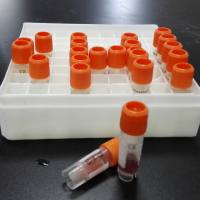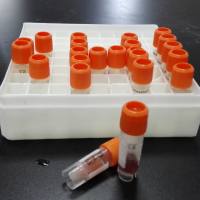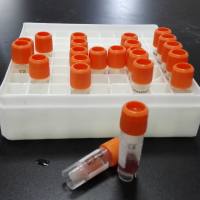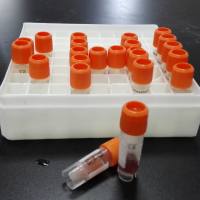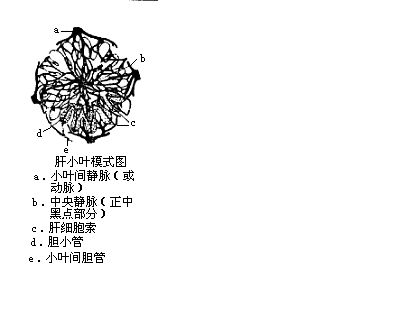Engineering of Implantable Liver Tissues
互联网
561
In this chapter, from the engineering point of view, we introduce the results from our group and related research on three typical configurations of engineered liver tissues; cell sheet-based tissues, sheet-like macroporous scaffold-based tissues, and tissues based on special scaffolds that comprise a flow channel network. The former two do not necessitate in vitro prevascularization and are thus promising in actual human clinical trials for liver diseases that can be recovered by relatively smaller tissue mass. The third approach can implant a much larger mass but is still not yet feasible. In all cases, oxygen supply is the key engineering factor. For the first configuration, direct oxygen supply using an oxygen-permeable polydimethylsiloxane membrane enables various liver cells to exhibit distinct behaviors, complete double layers of mature hepatocytes and fibroblasts, spontaneous thick tissue formation of hepatocarcinoma cells and fetal hepatocytes. Actual oxygen concentration at the cell level can be strictly controlled in this culture system. Using this property, we found that initially low then subsequently high oxygen concentrations were favorable to growth and maturation of fetal cells. For the second configuration, combination of poly-l -lactic acid 3D scaffolds and appropriate growth factor cocktails provides a suitable microenvironment for the maturation of cells in vitro but the cell growth is limited to a certain distance from the inner surfaces of the macropores. However, implantation to the mesentery leaves of animals allows the cells again to proliferate and pack the remaining spaces of the macroporous structure, suggesting the high feasibility of 3D culture of hepatocyte progenitors for liver tissue-based therapies. For the third configuration, we proposed a design criterion concerning the dimensions of flow channels based on oxygen diffusion and consumption around the channel. Due to the current limitation in the resolution of 3D microfabrication processes, final cell densities were less than one-tenth of those of in vivo liver tissues; cells preferentially grew along the surfaces of the channels and this fact suggested the necessity of improved 3D fabrication technologies with higher resolution. In any case, suitable oxygen supply, meeting the cellular demand at physiological concentrations, was the most important factor that should be considered in engineering liver tissues. This enables cells to utilize aerobic respiration that produces almost 20 times more ATP from the same glucose consumption than anaerobic respiration (glycolysis). This also allows the cells to exhibit their maximum reorganization capability that cannot be observed in conventional anaerobic conditions.


